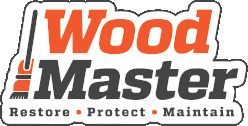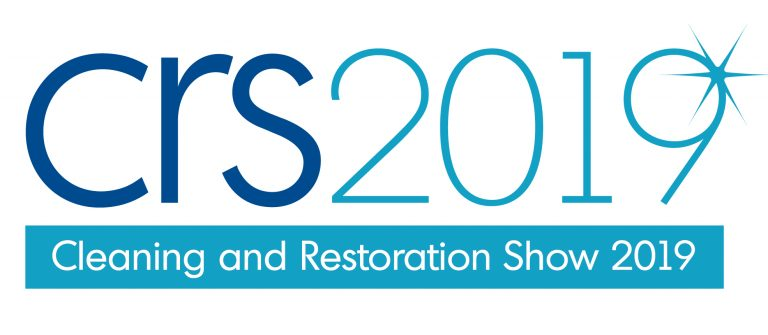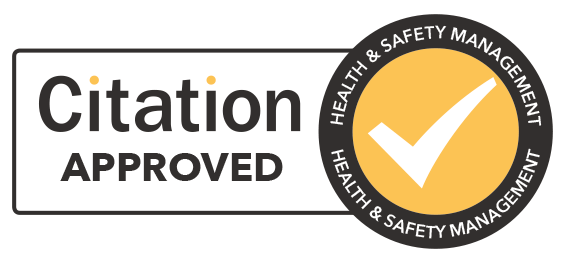A solid hardwood floor is generally delivered pre-finished with lacquer and is ready to use as soon as it has been installed. The factory applied lacquers are hard wearing polyurethane product and several coats are applied during manufacture. In high traffic areas, floors which may be subjected to spillages, and where very frequent cleaning will be needed, may be given a further coat of a commercial lacquer after they have been installed.
Regular cleaning
The floor must be regularly swept and vacuumed, and when necessary wiped with a well wrung out mop or cloth. For larger floors a TileMaster 40 machine or TileMaster Scrubber dryer machine is recommended. To aid the removal of dirt from the surface, a solution of TileMaster Cleaner No1 is recommended and can be added to the cleaning water or the scrubber dryer.
Floors which have recently been re-lacquered must not be cleaned for at least 72 hours.
Use of water – Important
Always use as little water as possible for cleaning. Use a well wrung out mop or cloth and remove excess water immediately. Any water spillage must be wiped up straight away so as to avoid water damage or swelling.
Protection & light restoration of the surface
If the floor needs to be revitalised, you can use our specialist refresh product which helps to hide minor scratches. If there is more deep traffic wear or damage, a light sand using a mesh disk and a top up of the top coat lacquer can be used to revive a dull looking surface and protect the floor from when it was first sanded.
Long term maintenance
Periodically, when the lacquered surface becomes dull and worn, the floor may be cleaned, lightly sanded and then over-coated with the lacquer. The time between maintenance coats depends on the amount of foot traffic the floor receives. Floors in busy commercial areas such as retail spaces, restaurants etc. will require resealing more often than residential floors. It is recommended that the floor is inspected on a regular basis and it must be resealed before the lacquer wears through to bare wood.
Protection of the floor in use
Felt pads
Protect the floor from scratches and scuffs by fitting felt pads to furniture legs. Please note that felt pads will eventually wear out and will need to be replaced periodically.
Wear and tear from office chairs etc can be reduced by use of purpose made plastic mats.
Barrier matting
A good quality barrier mat is a very effective way to keep dirt, water and grit off the floor. Mats must be of sufficient size and the correct type to suit the type of building and number of users.
Stain removal
Remove any spillages and stains as soon as possible. Dried out stains are often more difficult to remove than fresh ones.
For fruit juice, milk, cream, tea, soft drinks, beer, wine, coffee:
Remove with Cleaner No1 and Bug Kit
For chocolate, grease, oil, shoe polish, scuffs marks from shoes:
Remove with Cleaner No1 and Bug Kit
For ink, lipstick:
Remove with Cleaner No1 and Bug Kit
Prevention of slips and trips
A properly maintained and installed Junckers floor will have good slip resistance. However, any spillage will make the floor more slippery and increase the likelihood of accidents. Always wipe up spillages straight away.
Use of adhesive tape and masking materials etc.
Adhesive on tape and logos often have a very high tack value and can therefore damage the lacquer on the floor if the tape or logo is pulled off quickly.
Always use low tack adhesive tapes and masking materials.























